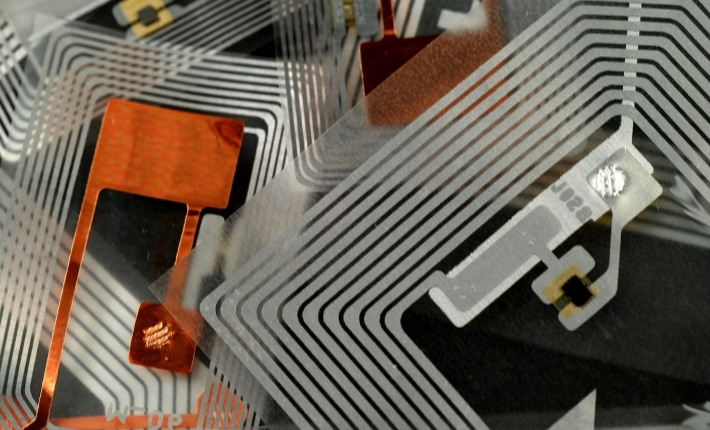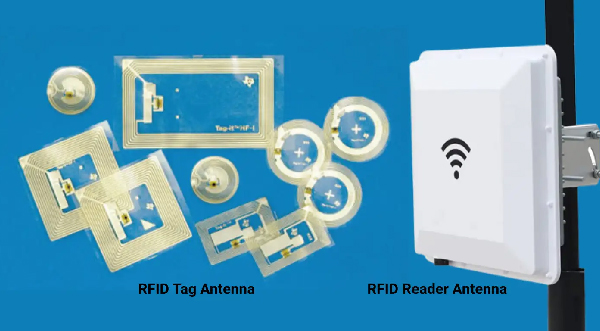Key Technologies and Development Status of RFID Electronic Tags
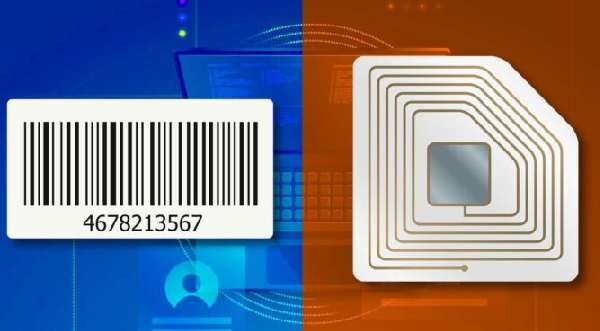 RFID is a general term for radio frequency identification technology. Similar to other identification methods such as barcodes and IC cards, its basic function is to identify the unique identifier (UID) of the target item. The difference is that it uses radio frequency transmission to achieve non-contact automatic identification and realize the recognition of moving targets and multiple targets. RFID is also a data communication technology that has the basic components of a communication system, such as sending, receiving, and transmitting information. The difference is that the information it transmits is human made and fixed. With its advantages and development potential such as large storage capacity, multiple target recognition, long reading distance, and encrypted data, RFID is regarded as one of the important technologies today. The key to the application and development of RFID systems is electronic tags. This article focuses on the key technologies of electronic tags and the current research status at home and abroad, and proposes basic strategies for the application and development of electronic tags in China at the current stage.
RFID is a general term for radio frequency identification technology. Similar to other identification methods such as barcodes and IC cards, its basic function is to identify the unique identifier (UID) of the target item. The difference is that it uses radio frequency transmission to achieve non-contact automatic identification and realize the recognition of moving targets and multiple targets. RFID is also a data communication technology that has the basic components of a communication system, such as sending, receiving, and transmitting information. The difference is that the information it transmits is human made and fixed. With its advantages and development potential such as large storage capacity, multiple target recognition, long reading distance, and encrypted data, RFID is regarded as one of the important technologies today. The key to the application and development of RFID systems is electronic tags. This article focuses on the key technologies of electronic tags and the current research status at home and abroad, and proposes basic strategies for the application and development of electronic tags in China at the current stage.
Key Technologies and Development Status of RFID Electronic Tags
1. Electronic tag technology and research status at home and abroad
In domestic and foreign research literature, current research on electronic tags mainly focuses on the following six aspects.
1.1 Chip Technology
Chip technology is a core technology in RFID technology, where a tag chip is a system that integrates all circuits except for tag antennas and matching lines, including RF front-end, analog front-end, digital baseband, and memory unit modules. The basic requirements for chips are light, thin, small, low, and inexpensive.
The development trend of RFID chip design and manufacturing technology is lower power consumption, longer operating range, faster read and write speed, higher reliability, and continuous cost reduction. In addition to increasing the storage capacity of tags to carry more information, reducing the size of tags to reduce costs, and improving tag sensitivity to increase reading distance, current research hotspots also include ultra-low power circuits; Security and privacy technology, password function and implementation; Low cost chip design and manufacturing technology; New storage technology; Anti conflict algorithms and implementation techniques; Integration technology with sensors; A comprehensive solution closely integrated with the application system.
1.2 Antenna design technology
In the design of RFID tag antennas, miniaturization has always been a concern. To expand the application scope, the bandwidth, gain characteristics, and cross polarization characteristics of miniaturized antennas are also important research directions. At present, RFID tags still use off chip independent antennas, which have the advantages of high antenna Q value, easy manufacturing, and moderate cost. However, they are large in size and prone to breakage, making them unsuitable for tasks such as anti-counterfeiting or implanting biological tags into animal bodies. If the antenna can be integrated onto the tag chip and work without any external components, it can reduce the overall size of the tag, simplify the tag production process, and lower costs, which has sparked research on on-chip antenna technology. In addition, the current focus of RFID tag antenna research also includes antenna matching technology, structural optimization technology, broadband antenna design covering multiple frequency bands, multi tag antenna optimization distribution technology, anti metal design technology, consistency and anti-interference technology, etc.
1.3 Packaging Technology
The packaging of RFID electronic tags mainly includes key processes such as chip assembly and antenna production. With the development of new packaging technologies, new processing techniques have emerged in label packaging technology, such as flip chip bump generation (Bunping) and antenna printing. Compared with traditional wire or tape connections, the advantages of flip chip technology are higher packaging density, good electrical and thermal performance, good reliability, and low cost. The use of conductive ink to print tag antennas instead of traditional corrosion methods significantly reduces the production cost of electronic tags. In addition, the research hotspots of label packaging technology also include low-temperature hot pressing packaging process, precision mechanism design optimization, multi physical quantity detection and control, high-precision and high-speed motion control, online detection technology, etc.
1.4 Label application technology
The unique characteristics of object identification based on RFID tags have sparked a research boom on various functional tags. In addition to traditional item recognition, tracking, and monitoring, research hotspots also include interactive intelligent tags, spatial positioning and tracking, ubiquitous computing, mobile payments, and item anti-counterfeiting.
(1) Interactive smart tags. The structure of interactive smart tags still consists of a single-chip wireless low-power transceiver and a microcontroller. Pre write various required application programs in the microcontroller, and when necessary, call these programs through wireless instructions to enable tags to perform various tasks required for IoT applications, including recognition, positioning, data acquisition, etc. The tag usually does not emit any signals to the outside, but periodically receives and records signals sent by the coordinator through broadcasting on the monitoring channel as needed. Only after receiving a wake-up command, it jumps to the reader/writer working channel, receives instructions from the coordinator, and enters a state of information exchange with the reader/writer according to the pre written program based on the instructions. It completes the specified work task within the specified time and returns to the monitoring and sleep state. It can be seen that the core of this technology is to achieve ultra-low power wireless long-distance transmission of tags by quickly filtering invalid signals, at the cost of requiring an additional coordinator. Due to the solution of key issues such as low cost, low power consumption, and wireless long-distance transmission in IoT applications, interactive smart tags have expanded the application scope of electronic tags and can be widely used in fields such as urban intelligent transportation systems, urban basic data collection systems, etc. that require remote identification, positioning, or data collection.
(2) Real time positioning and tracking of tags. The existing positioning systems mainly include satellite positioning systems, infrared or ultrasonic positioning systems, and mobile network-based positioning systems. However, due to limitations such as positioning time, positioning accuracy, and environmental conditions, there is currently no positioning technology that can comprehensively solve the problem of location information of facilities and items in complex indoor environments such as airport lobbies, exhibition halls, warehouses, supermarkets, libraries, underground parking lots, and underground mines. RFID technology provides a new solution for spatial positioning and tracking services, especially suitable for indoor positioning that satellite positioning systems cannot cope with. It mainly utilizes the unique identification characteristics of tags to measure the spatial position of objects based on the signal strength of RF communication between the reader and the tag installed on the object.
(3) Ubiquitous computing electronic tags. By combining with sensor technology, RFID tags can also sense the temperature, humidity, and lighting status information of objects or environments at IoT nodes, and use wireless communication technology to transmit this information and its changes to computing units, improving the visibility of the environment to computing modules and building the infrastructure for future ubiquitous computing.
(4) Mobile payment electronic tags. RFID mobile payment uses short-range communication between mobile terminals and POS terminals for transactions. It can be used to pay the transaction amount with mobile phone bills or to bind a bank account with a SIM card for the bank to process the transaction. RFID mobile payment is a product of the integration of the RFID industry and the telecommunications industry. At present, there are mainly four application methods: Felica, NFC, DISIM, and RF-SIM. RF-SIM is a medium to short-range wireless communication technology based on SIM cards, which embeds RF modules into SIM cards. SIM cards are used for normal mobile communication, authentication, and physical connection with mobile phones. RF-SIM card supports all mobile phones on the market and is a comprehensive service platform that can replace wallets, keys, and ID cards.
(5) Anti counterfeiting RFID electronic tags. Traditional anti-counterfeiting technologies such as physical anti-counterfeiting, biological anti-counterfeiting, structural anti-counterfeiting, barcode and digital anti-counterfeiting, etc., due to their lack of uniqueness and exclusivity, are easy to replicate and cannot play a true anti-counterfeiting role. RFID technology has an absolute advantage in anti-counterfeiting, as each tag has a globally unique ID number that cannot be modified or counterfeited. In addition, RFID anti-counterfeiting technology also has the characteristics of no physical wear and tear, high physical interface security of the reader/writer, encrypted tag data, and mutual authentication between the reader/writer and the tag. Therefore, it is basically impossible to completely replicate it, thus playing a role in preventing forgery. At present, RFID anti-counterfeiting has gradually been applied in areas such as document management, ticket management, electronic license plates, alcohol anti-counterfeiting, and art treasure anti-counterfeiting, and is showing an expanding trend.
1.5 Research on Standard Problems
Currently, the international communication standards related to electronic tags mainly include: (1) ISO/TEC18000 standard. (2) EPC standard, (3) DSRC standard. (4) UID standard. In addition, many countries and institutions are actively developing regional, domestic, or industry alliance standards related to RFID, and hope to elevate them to international standards through different channels. Each standard system is divided into multiple parts based on operating frequency, and they are not compatible with each other. The main differences lie in communication methods, anti-collision protocols, and data formats. In January 2008, the EU FP7 project team sponsored the Global RFID Generic Standards Forum (GRIFS) with the aim of achieving maximum global consistency in RFID standards through strengthened collaboration. With the development of RFID technology, there is a trend towards the integration of various standards for electronic tags. For example, the ISO/IFC15693 standard for high frequency 13.56MHz has become part of the ISO18000-3 standard, and the EPCGEN2 standard has also become the ISO18000-6C standard. As of now, the United States, the European Union, and other countries have adopted their own different standards. Due to the difficulty of coordinating interests, although the unification of standards is urgent, the process is still relatively long.
1.6 Research on Security and Privacy Issues
The security mechanisms studied and adopted mainly include physical methods, cryptographic mechanisms, and their combination. Physical methods are commonly used in low-cost tags to protect tag information through electrostatic shielding or active interference. Compared with hardware security mechanisms based on physical methods, software security mechanisms based on cryptographic techniques are more favored, mainly utilizing various mature cryptographic schemes and mechanisms to design cryptographic protocols that meet RFID security requirements.
2. The Development Trend and Countermeasures of RFID Electronic Tags
The application and development of RFID electronic tags are based on the development of the RFID industry chain, and any backwardness in any link will affect the overall development of the industry. I am lagging behind Europe, America, South Korea, and Japan in terms of research and development time in the RFID field. I still lack a complete industrial chain in the UHF and microwave frequency bands. To develop China's electronic tags based on the existing RFID technology and market in China, we must target the entire RFID industry chain and formulate specific measures and strategies.
(1) Intensify research and development efforts and seek technological breakthroughs. There are still many shortcomings in electronic tags, such as low reliability of single tag reading due to directional antenna, easy occurrence of missed readings, radio frequency identification signals are easily affected by conductive substances such as metal and water, resulting in a decrease in recognition distance, electromagnetic interference may occur when RFID systems and other wireless communication systems with similar frequency bands work simultaneously, and the array effect of tag antennas may exhibit different characteristics from single tag antennas when a large number of RFID tags are placed together, all of which pose challenges to the development of electronic tags.
(2) Develop relevant standards for RFID electronic tags as soon as possible.
(3) Identify the breakthrough point for application and enhance the scale of industry applications. Even at the surface level, enterprises have simple business processes, single logic, and lack integration of backend systems, failing to fully utilize the role of electronic tags in supply chain management and enterprise information construction. Therefore, how to integrate RFID with existing information systems such as ERP, SCM, MIS, etc., innovate business processes, fully leverage the advantages of electronic tags, enhance the scale of industry applications, and form a complete industrial chain is an urgent problem that needs to be solved recently.
(4) Strengthen technological integration and achieve cross regional and cross industry applications. With the continuous development and expansion of RFID, it has been applied in various fields such as World Expo ticket management, intelligent transportation, logistics, food safety, product anti-counterfeiting, and electricity in recent years. The RFID industry in China has shifted from government demand to market demand. In the development process of RFID, we need to not only see the potential of the RFID industry, but also the problems that arise in this development process, and use more scientific methods to continuously deepen the application of RFID, in order to promote the development of the RFID industry in the surrounding area.


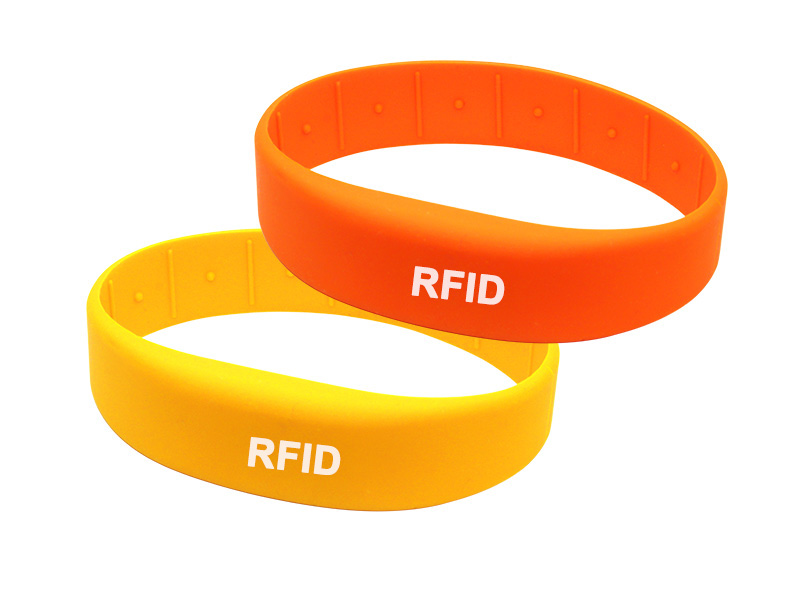
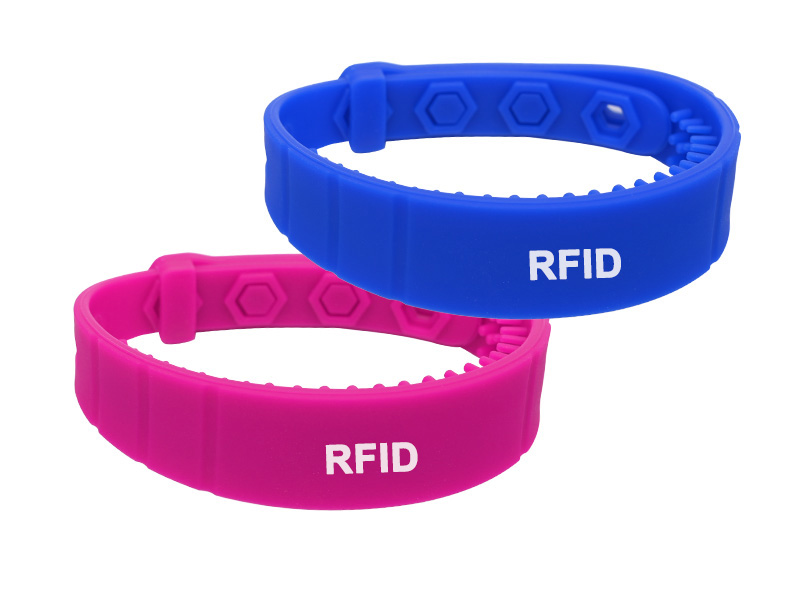
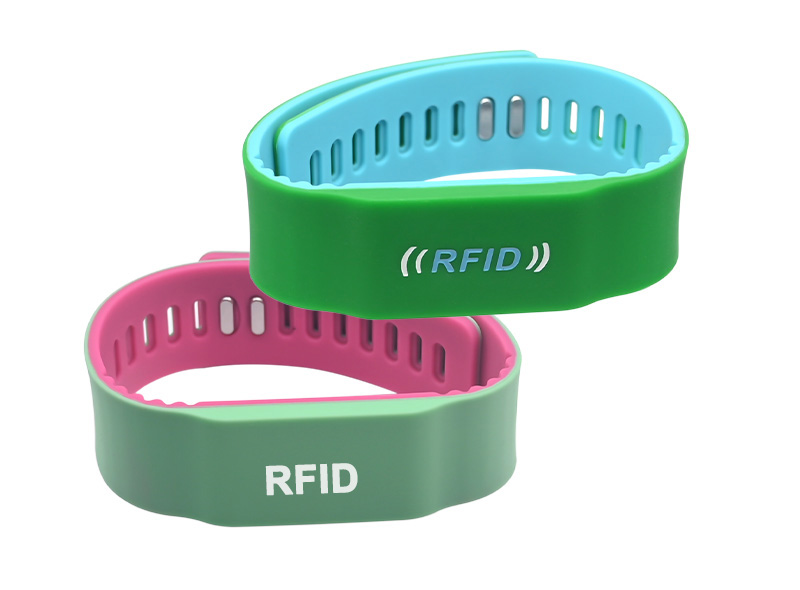


 RFID is a general term for radio frequency identification technology. Similar to other identification methods such as barcodes and IC cards, its basic function is to identify the unique identifier (UID) of the target item. The difference is that it uses radio frequency transmission to achieve non-contact automatic identification and realize the recognition of moving targets and multiple targets. RFID is also a data communication technology that has the basic components of a communication system, such as sending, receiving, and transmitting information. The difference is that the information it transmits is human made and fixed. With its advantages and development potential such as large storage capacity, multiple target recognition, long reading distance, and encrypted data, RFID is regarded as one of the important technologies today. The key to the application and development of RFID systems is electronic tags. This article focuses on the key technologies of electronic tags and the current research status at home and abroad, and proposes basic strategies for the application and development of electronic tags in China at the current stage.
RFID is a general term for radio frequency identification technology. Similar to other identification methods such as barcodes and IC cards, its basic function is to identify the unique identifier (UID) of the target item. The difference is that it uses radio frequency transmission to achieve non-contact automatic identification and realize the recognition of moving targets and multiple targets. RFID is also a data communication technology that has the basic components of a communication system, such as sending, receiving, and transmitting information. The difference is that the information it transmits is human made and fixed. With its advantages and development potential such as large storage capacity, multiple target recognition, long reading distance, and encrypted data, RFID is regarded as one of the important technologies today. The key to the application and development of RFID systems is electronic tags. This article focuses on the key technologies of electronic tags and the current research status at home and abroad, and proposes basic strategies for the application and development of electronic tags in China at the current stage.